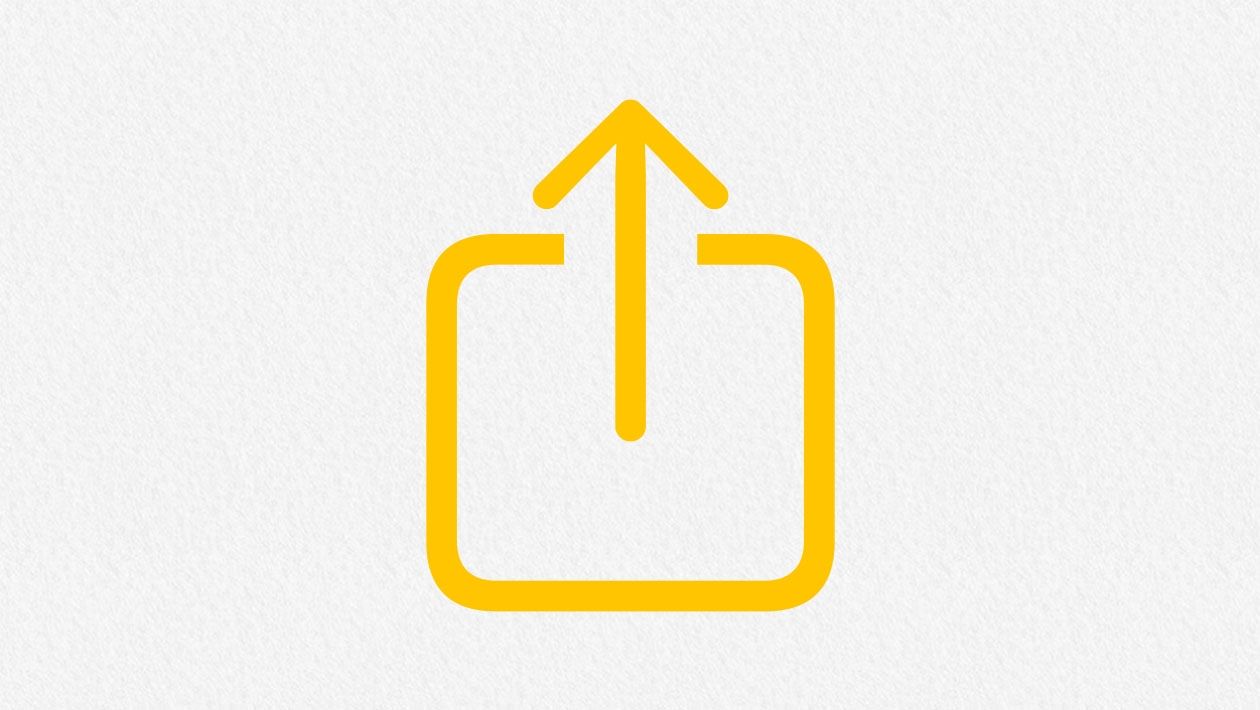Natural Selection Podcasts: Interview a Scientist
My 8th grade science students became podcasters in order to demonstrate a deeper understanding of science concepts. The learning target from our 8th grade science curriculum was to write a scientific argument explaining the impact of natural selection on a specific population over 50 generations of time.
To make their learning come alive and allow them to express their learning in a personalized and creative way, students were asked to create a podcast interview between a news reporter and a scientific expert to explain the process of natural selection.
Student Directions:
You and a classmate will create a podcast interview between a news reporter and a scientific expert. Through your podcast, you will explain the process of natural selection using a living organism of your choice and how that organism's adaptive trait came to be over the course of 50 to 100 generations of time.
As the news reporter, you will need to ask the right questions; as the scientist, you must answer them correctly. Throughout the process, you will explain natural selection so others can understand it. It is also essential to be creative and clear in your communication so your audience enjoys listening to your podcast.
Be creative and have fun!
Classroom Process:
Students worked collaboratively with their partners through the writing process from start to finish. They invented fictitious characters for the expert and the reporter, chose a real or made-up organism, and incorporated science terminology in the script of their interview. [writing composition]
Using GarageBand, they launched a new audio recording project and recorded the parts/voices of their interview as separate tracks. [verbal expression]
Using jingles, stingers, and sound effects in GarageBand, they enhanced the narration and added creative touches to the audio recording. For “podcast artwork” students used shapes in Keynote to build a square graphic. [multimedia creation]
Final products were exported and submitted via our LMS. Select podcasts were shared in my podcast feed on Apple Podcasts. [publishing to authentic audience]
Examples of final student product:
Reflection & Recap:
Developing student writing skills is an area of focus across our district. As a science teacher, I don’t want to simply assign more essay questions or research reports. This "Podcasting with Student Scientists” project builds creativity directly into the writing process. Also, it allows me to see students’ understanding of critical science content at a higher level than traditional assessment practices.
My students love recording their scripts into GarageBand and adding creative pieces to bring their podcasts to life! They will record and re-record several times to get them “just right”… something I don’t observe when they are completing writing assignments without technology.
Also, students enjoy listening to the finished podcasts of their classmates, either via our LMS or on the published podcast channel on Apple Podcasts. Overall, this is an excellent project for students to work on descriptive writing and speaking skills, flex their creativity muscle, and learn science in a fun, engaging way!
Learn how, and explore more Everyone Can Create Projects >












August 14, 2023 . English
English
Very cool student examples Kevin! Your students are super podcasters! Thanks for the details on podcasting in science - which can be applied to many other disciplines.
This action is unavailable while under moderation.
This action is unavailable while under moderation.